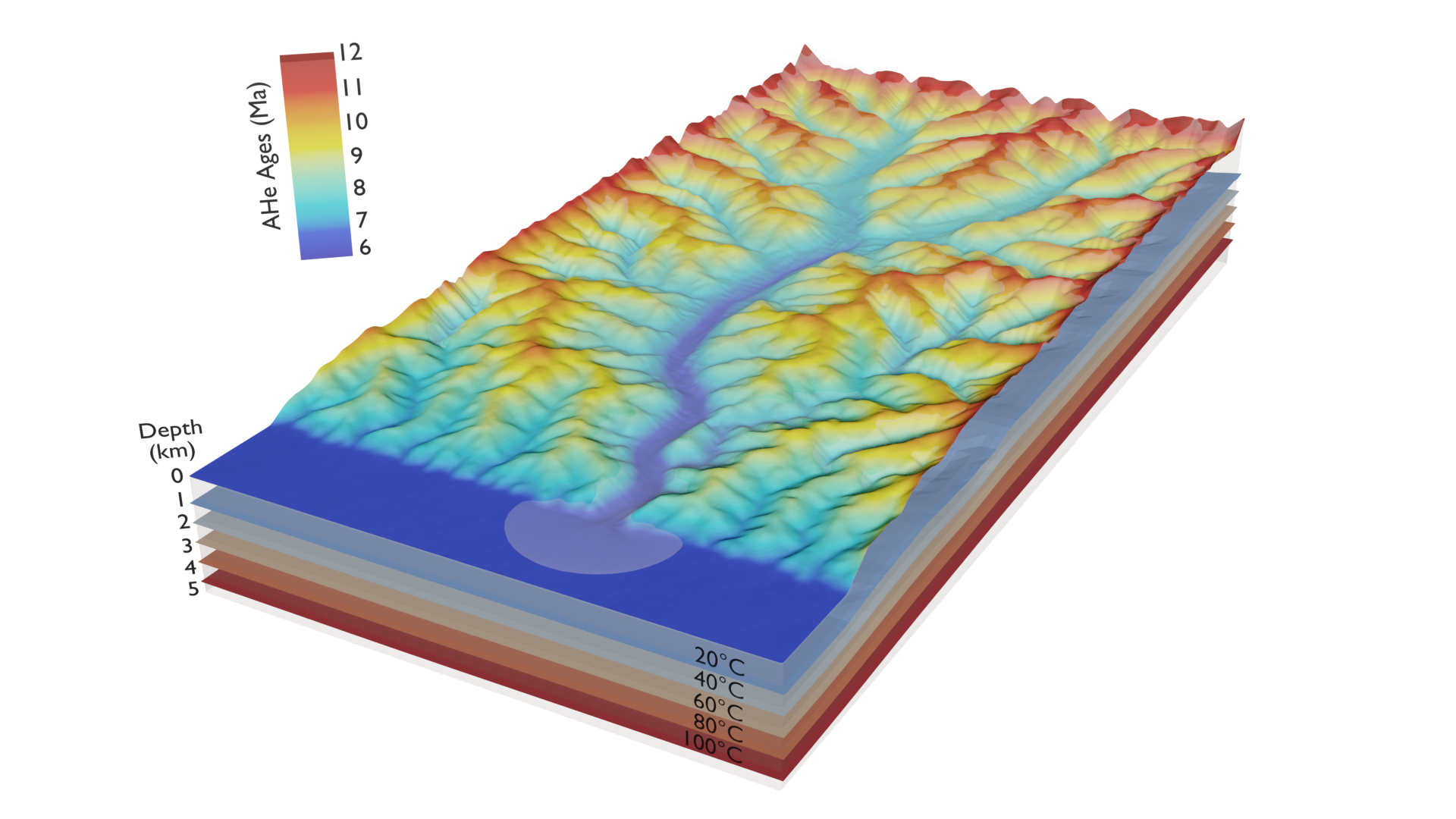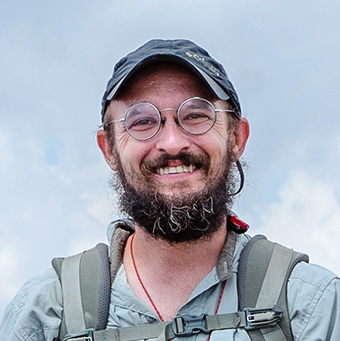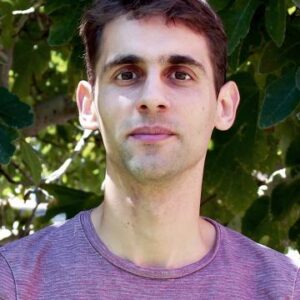News
COOLER members present at Thermo 2025
All members of the COOLER research group will present their research at the 19th International Conference on Thermochronology in Kanazawa,…
New paper testing the resolving power of 4He/3He thermochronology using the Fish Canyon Tuff
In a paper published in Geology and led by Cody Colleps, we use the famous Fish Canyon Tuff age standard…
New paper on the formation of elevated low-relief surfaces in glaciated mountain ranges
In a paper published in AGU Advances and led by Maxime Bernard, we suggest an alternative way to generate high-elevation…
Main research questions
Fluvial vs. glacial erosion
To what extent has the switch from fluvial to glacial erosion in mountain belts affected their topographic relief, and has this change substantially increased global erosion rates and sediment fluxes? What is the response time for these modifications?
Glacial imprint globally
Is the glacial imprint on topography globally synchronous, or does it track spatially and temporally variable conditions that locally allow for efficient glacial erosion? Can latitudinal variations in relief change be demonstrated? Have high-latitude regions gone through an early period of efficient glacial erosion before their current state in which topography is preserved?
Feedbacks
Are there couplings between tectonic activity and topographic-relief development in response to glaciation? Do tectonic uplift rates modulate the glacial imprint on the landscape? Can feedbacks be demonstrated, whereby glacial erosion affects the tectonic deformation field?

Project stages
The objective of the project COOLER is the development of tools that record erosion rates and relief changes with higher spatial and temporal resolution than the current state-of-the-art, and integrating the newly acquired data into next-generation numerical models that link observed erosion-rate and relief histories to potential driving mechanisms. This includes:
Setting up a new 4He/3He laboratory
We are developing new high-resolution thermochronology by setting up a world-leading 4He/3He laboratory in Potsdam University.
Developing new modelling tools
We develop numerical modelling tools that incorporate the latest insights in kinetics of thermochronological systems and make sample-specific predictions.
Coupling to glacial landscape models
We couple these tools to glacial landscape-evolution models, enabling modelling of real landscapes with real thermochronology data as constraints.
Testing on selected field areas
We study potential feedbacks between glacial erosion and tectonic deformation in carefully selected field areas.
Team
Contact
University of Potsdam
Institute of Geosciences
House 27, Room 0.45,
Karl-Liebknecht-Str. 24-25
14476 Potsdam
Email us:
vanderbeek@uni-potsdam.de
Call us:
+49 331 977 5808




